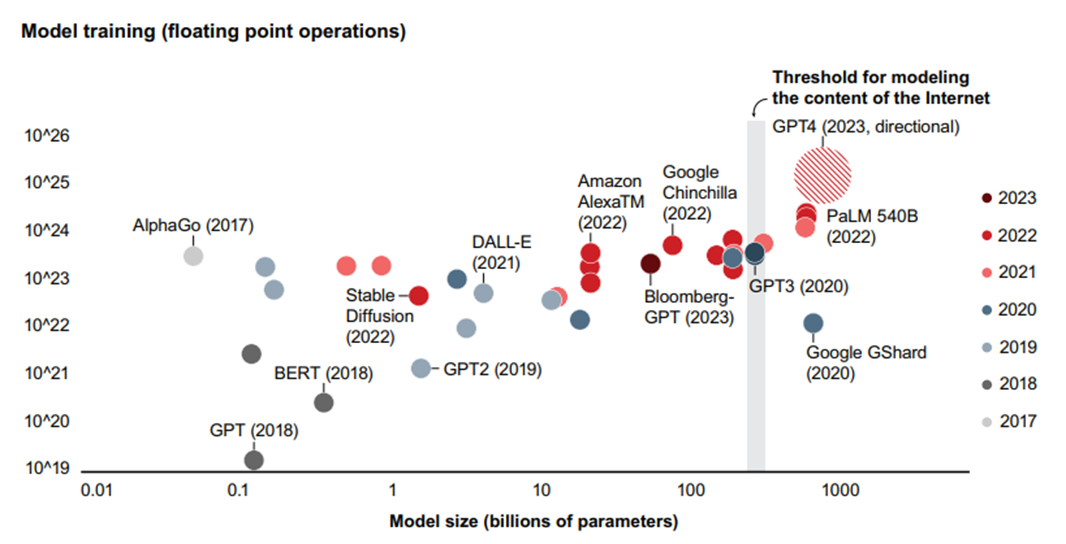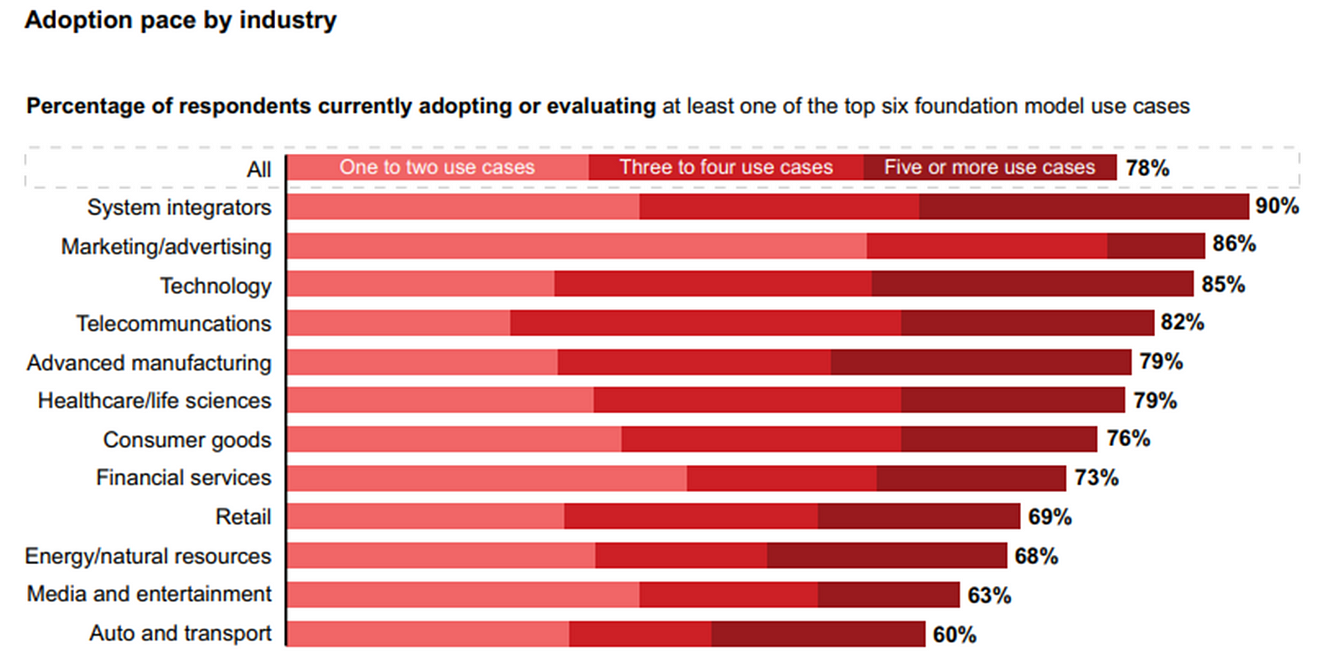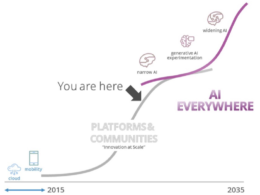the health strategist
research institute, advisory consulting
& knowledge portal
for workforce health & economic prosperity
for continuous health transformation
and digital health — for all
Joaquim Cardoso MSc.
Servant Leader, CRSO (Chief Research & Strategy Officer),
Editor in Chief and Senior Advisor
January 5, 2024
This is an Executive Summary of the article “Bain (2023); By David Crawford, Arjun Dutt, Eric Sheng, and Jue Wang; You´re out ot time to wait and see on AI.“
Central Message:
AI’s rapid evolution presents substantial opportunities across industries. Companies unwilling to embrace AI risk lagging behind competitors. Companies need to proactively integrate AI into their strategies to create new value today.
Summary:
The proliferation of artificial intelligence (AI) is not just a technological leap but also an economic revolution.
Foundation models, despite their expensive construction, enable relatively inexpensive experimentation with generative AI.
This technological advancement has the potential to speed up tasks by 20% without compromising quality.
This technological advancement has the potential to speed up tasks by 20% without compromising quality.
Companies are actively deploying AI coding assistants and experiencing significant benefits, with the promise of even greater value creation in new, previously unexplored avenues.
Key Points:
Economic and Technological Revolution: The cost of building large foundation models for AI has increased, but their existence allows easier experimentation in businesses, fostering innovation and productivity.
AI’s Impact on Tasks: Deployment of AI tools and models can enhance worker productivity by expediting tasks without compromising quality, estimated to speed up 20% of worker tasks.
AI’s Impact on Tasks: Deployment of AI tools and models can enhance worker productivity by expediting tasks without compromising quality, estimated to speed up 20% of worker tasks.
Positive Outcomes in Various Industries: Early adopters across industries are witnessing productivity gains, cost reductions, and quality improvements through AI applications such as coding assistants, HR management, software development, and customer service.
Beyond Traditional Benefits: AI not only improves existing processes but also creates new value, such as rapid upskilling, hyper-personalization, redefining customer experiences, reimagining business strategies, and driving core product innovation.
Business Opportunities and Challenges: While AI presents vast opportunities, it also demands attention to technical aspects (privacy, security, ML Ops) and process-oriented considerations (scaling, change management, workforce redeployment) to fully harness its potential.
Statistics: 75% of executives found AI meeting or surpassing expectations in coding assistance, with 57% already deploying coding assistants in software development.
Statistics: 75% of executives found AI meeting or surpassing expectations in coding assistance, with 57% already deploying coding assistants in software development.
Examples:
Companies are witnessing
· rapid upskilling in customer service,
· hyper-personalization in education (Khan Academy),
· redefining customer experiences (New Relic’s Grok), and
· core product innovation (Insilico Medicine, Roblox).

Conclusion:
Rapid AI adoption signifies the need for companies to embrace AI’s potential immediately rather than adopt a wait-and-see approach. To leverage AI effectively, attention to both technical and process-oriented aspects is crucial.
Recommendations:
Technical Aspects: Ensure robust privacy, security, ML Ops, and scalable architecture for AI models.
Process Considerations: Establish a strategy for rapid experimentation, scalable deployment, and workforce redeployment aligned with AI innovations.
Business Transformation: Prepare for business process redesigns and workforce reallocations driven by AI-led innovations.
Infographic
Figure 1: Foundation models have grown in size and cost over the past six years

Note: Floating point operations show the computing power necessary to train the models and thus is also a proxy for cost Source: Bain & Company
Figure 2: IT system integrators lead the way in AI adoption, closely followed by companies in marketing, advertising, and technology

Source: Bain AI Survey, 2023 (n=571)












